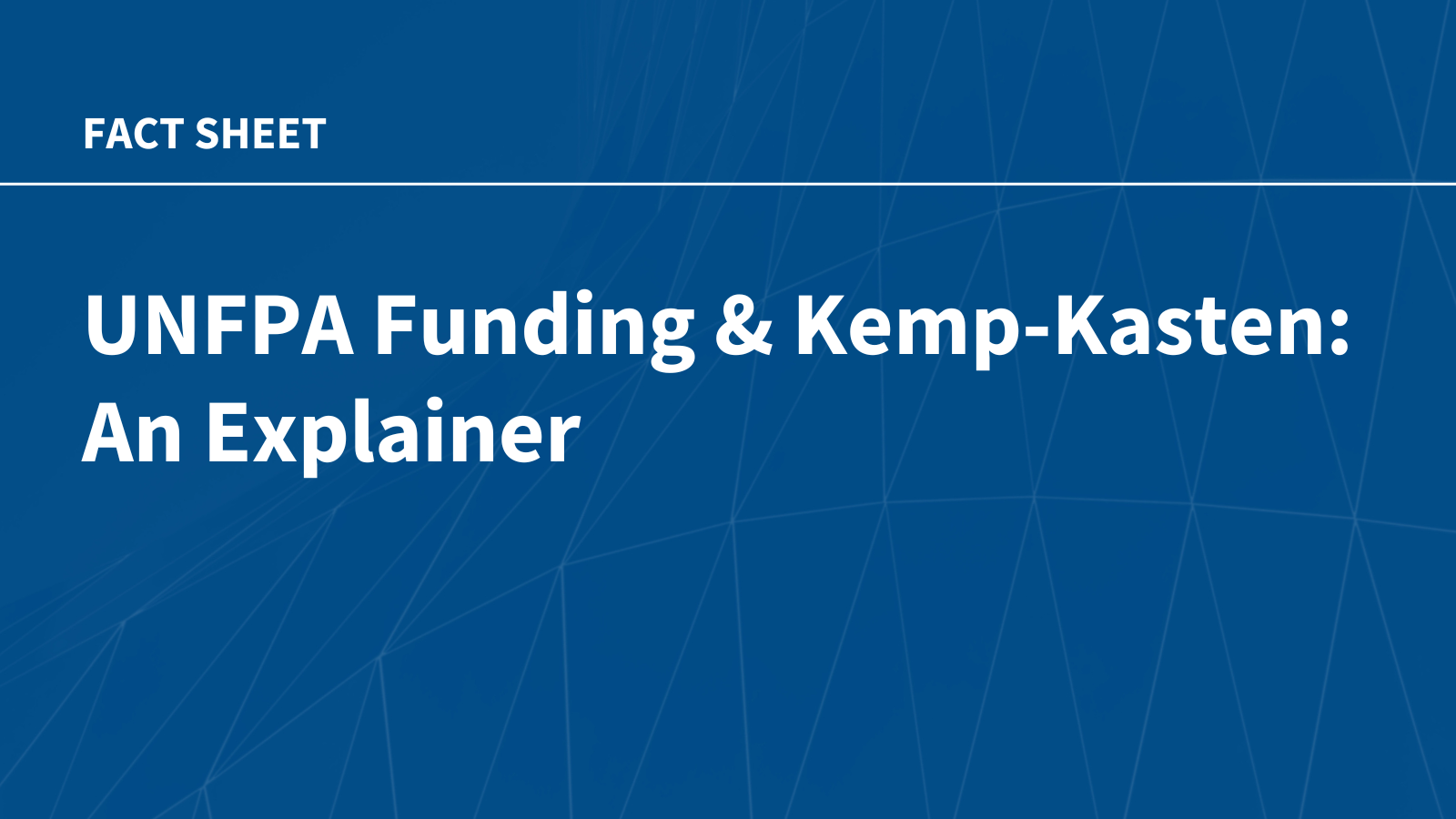In December, the Centers for Medicare & Medicaid Services (CMS) announced it was terminating the Medicare Advantage Value-Based Insurance Design (VBID) model at the end of 2025 due to the model’s “substantial and unmitigable costs to the Medicare Trust Funds.” Calling the costs “unprecedented” in CMS Innovation Center models, the VBID model cost CMS $2.3 billion in Calendar Year (CY) 2021 and $2.2 billion in CY 2022. Although the model is being terminated a year early, lessons learned from this program can inform future MA plan design, CMS said.
As CMS explains on its website, since its launch in 2017, the VBID model has tested an array of MA health plan interventions intended to lower Medicare spending and improve the quality of care for MA enrollees. It has also built on CMS’ commitment to transparency and whole-person health in the MA program. Through the model, participating MA plans have had the added flexibility to target potentially high-value services and cost-sharing assistance for prescription drugs to chronically ill and underserved populations, with the goal of increasing access to and uptake of these services to improve health and decrease avoidable medical spending of these enrollees.
VBID model background
CMS says that the VBID model has generated lessons that have informed broader MA program policies, including strategies to:
• Improve population health outcomes, enabled by the model’s requirements for MA plans to screen for health-related social needs (HRSNs), offer certain supplemental benefits that address HRSNs, and implement health equity plans. In particular, the Special Supplemental Benefits for the Chronically Ill (SSBCI), which can generally mirror VBID interventions, provides an opportunity for CMS to continue collaboration with plans and other partners on these initiatives across the MA program.
• Improve transparency in MA through new reporting requirements — for example, regarding enrollees’ use of supplemental benefits. These learnings have informed data collection efforts across the MA program, particularly regarding supplemental benefit policy, CMS said.
• Increase medication adherence through reduced Part D cost sharing, some of which were enacted in the Inflation Reduction Act (IRA) for all qualifying beneficiaries, for example around the expansion of the Low-Income Subsidy program under Medicare Part D.
CMS noted that analyses of model performance and policy options demonstrated that the substantial costs were driven in part by increased risk score growth and Part D expenditures and that no viable policy modifications could address the excess costs. As such, the model must be terminated at the end of 2025 to meet the CMS Innovation Center’s statutory requirements.
CMS said it was making the announcement more than a year before the termination effective date to provide ample time for MA plans and their partner organizations to prepare for CY 2026 in ways that best support their enrollees’ needs. In particular, as many of the VBID model’s interventions are now widely available in the MA program, model termination will not impact the ability of MA plans to continue to offer most of the interventions offered under the model. CMS added that it would also continue to promote whole-person health, transparency, and affordability in the MA program and effectively manage MA program costs to protect beneficiaries and the Medicare Trust Funds.
In an interview with Health Affairs’ Jeff Byers, Mark Fendrick, M.D., of the University of Michigan’s Center for Value-Based Insurance Design, explained that risk adjustment is among the main drivers for the added expenditures to the Medicare trust funds. “It should come as no surprise given that particularly early on, the MA VBID demonstration focused on specific chronic conditions that MA plans actually sought to identify individuals who had those conditions. And given those conditions often led to higher spending, these patients also had higher risk scores, which again led to CMS paying higher payments,” Fendrick said.
“The point about the risk scores is really important because as a clinician, if the accurate coding of these chronic disease patients actually led to interventions that led to better health, I think that spending on risk scoring is quite good,” Fendrick added. “However, if these coding changes were just to identify patients who are already getting those treatments but led to higher revenues or payments, that spending, in my opinion, is not beneficial. We don’t know that these billions of dollars going out are actually helping patients or just helping the plans.”








